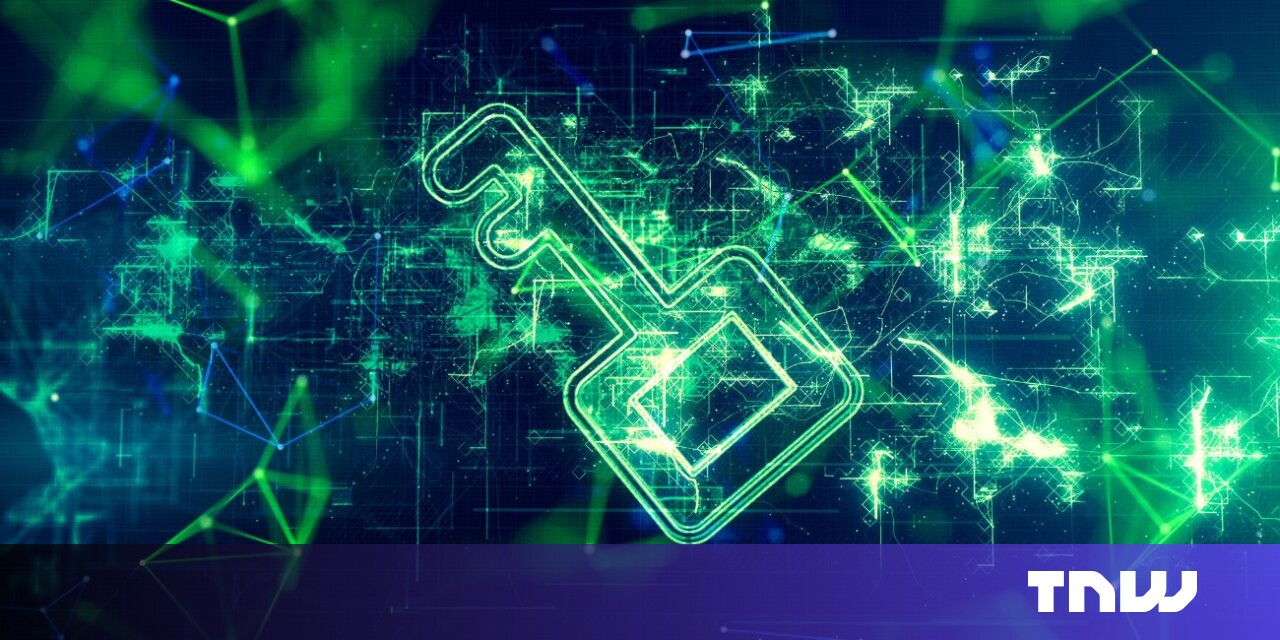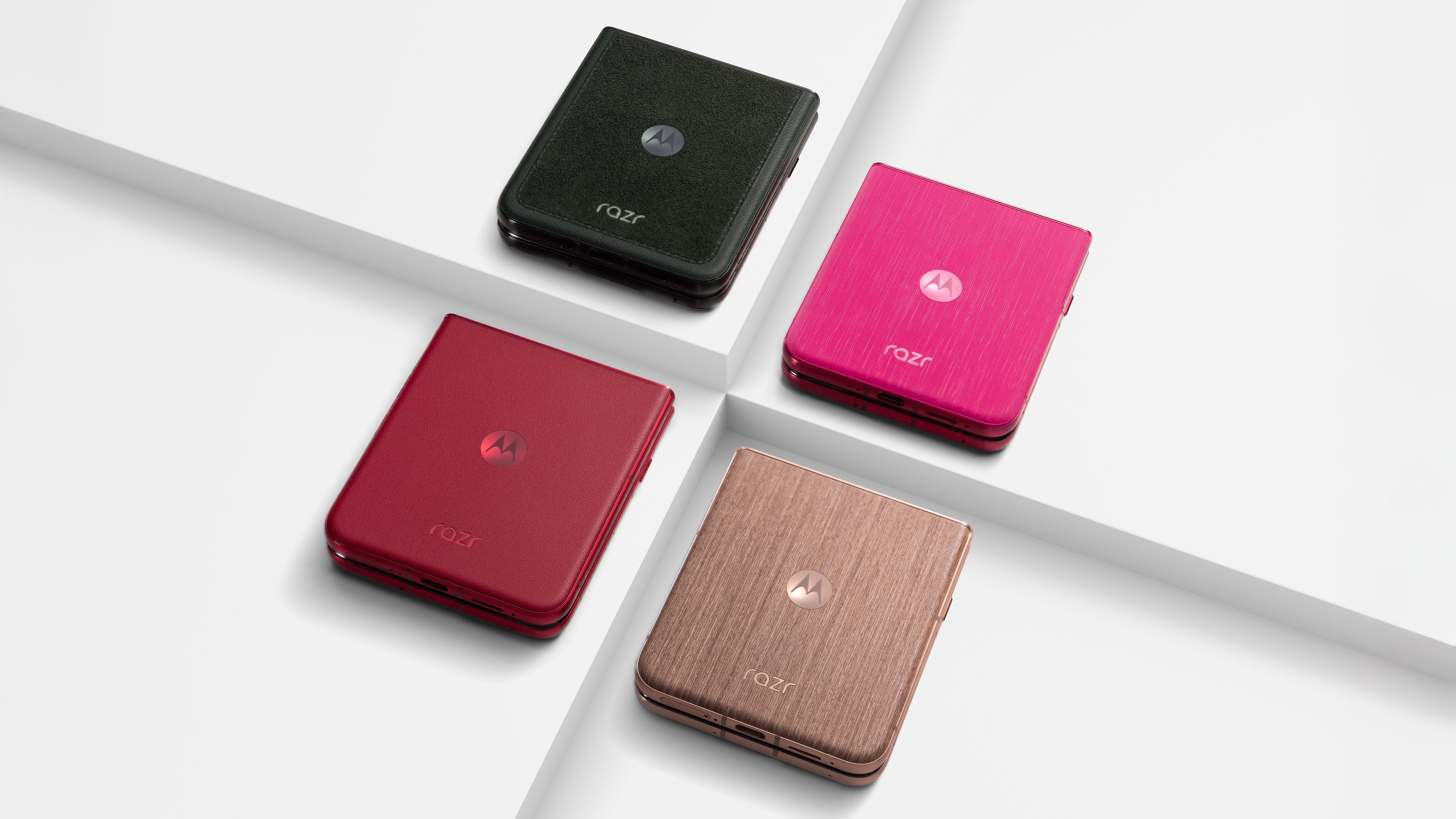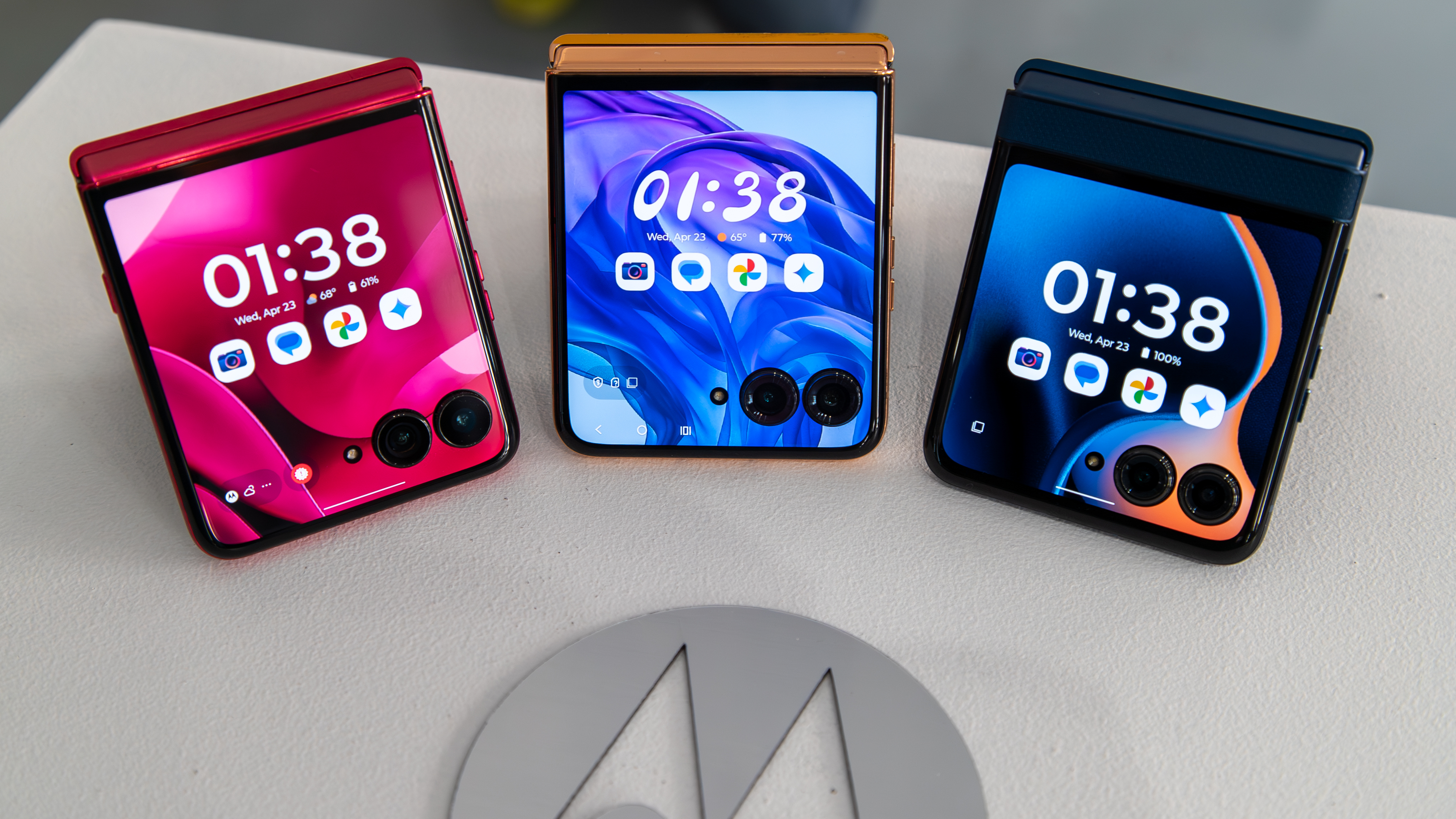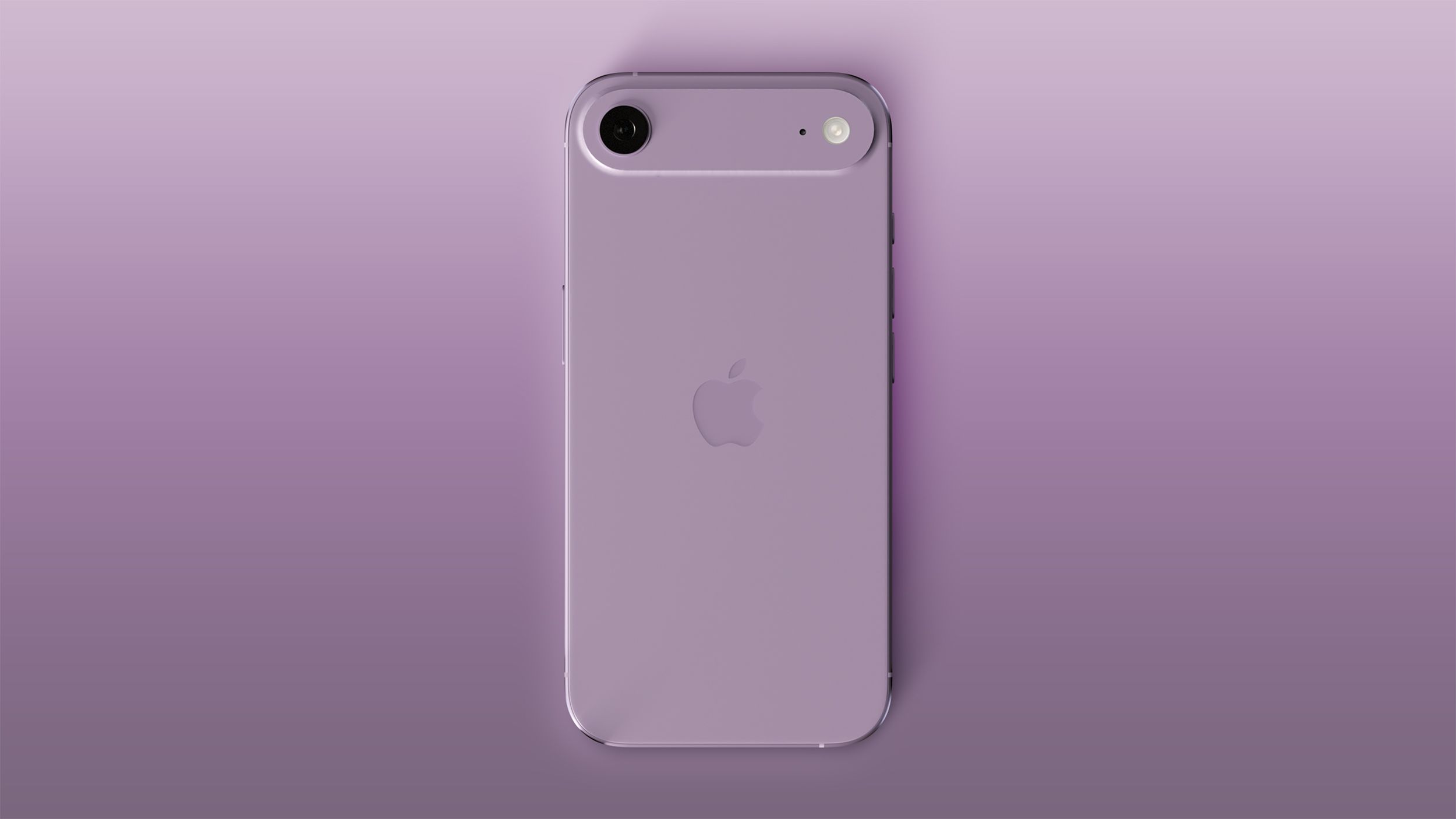Toshiba Europe Achieves Record Quantum Key Distribution Over Conventional Fiber Optics

In a groundbreaking development, researchers at Toshiba Europe have successfully utilized quantum key distribution (QKD) cryptography to transmit messages over a remarkable distance of 254 kilometers. This achievement marks a significant milestone as it is the first instance where scientists have accomplished coherent quantum communication utilizing existing telecommunications infrastructure, specifically traditional fiber optic networks.
This breakthrough is pivotal in the quest for ultra-secure quantum encryption, a technology that promises to protect sensitive information from potential cyber threats posed by both advanced classical and future quantum computers. As the digital landscape evolves, the need for robust cybersecurity measures has never been more critical.
Quantum key distribution represents an innovative form of communication that leverages the principles of quantum mechanics to securely share encryption keys between two parties. In this process, information is transmitted using light in the form of photons, which serve as carriers of qubitsthe fundamental units of quantum information.
A key characteristic of quantum communication is its inherent security feature; it is impossible to intercept or listen in on a quantum message without disturbing the quantum states. Such an interception would immediately alert both parties involved, rendering the communication effectively untappable. This attribute positions QKD as a potential game-changer in the field of secure communications.
Typically, quantum communication systems rely on sophisticated and expensive equipment, including high-powered lasers and cryogenic cooling systems. However, the innovative approach taken by Toshibas researchers has unlocked the potential of sending quantum messages through standard fiber optic cables. This advancement brings quantum technology a step closer to practical applications within the telecommunications industry.
The successful test, conducted last year, established a quantum communications network spanning 254 kilometers of existing commercial optical fiber in Germany. This network connected the telecom data centers situated in Frankfurt and Kehl, with a relay node positioned in Kirchfeld acting as a bridge between the two locations.
Remarkably, this new system was able to transmit quantum messages at twice the distance achieved in prior QKD research, all without the need for cryogenic cooling. Although the data transmission rate was relatively slowmeasured at 110 bits per secondthis development represents a significant stepping stone in the evolution of quantum communication. The findings from this research were published in the prestigious journal Nature this week.
Mirko Pittaluga, one of the lead authors of the paper, expressed optimism about the implications of this research, stating, This work opens the door to practical quantum networks without needing exotic hardware. It lowers the entry barrier for industry adoption. Such advancements could catalyze a shift in how confidential information is transmitted securely over the internet.
Currently, confidential data is transmitted online using encryption keys that, while impervious to classical computers, may be vulnerable to the capabilities of emerging quantum computers. By harnessing quantum phenomena such as superposition and entanglement, quantum computers have the potential to analyze numerous possibilities simultaneously. As these machines continue to develop in power, they could feasibly compromise the most secure classical encryptions in mere minutes, a scenario often referred to as Q-Day. Consequently, global governments and organizations are prioritizing the development of their own quantum cryptography infrastructure to safeguard sensitive information.
The rapid advancements in quantum technology and its implications for various sectors, particularly in cybersecurity, underscore the urgency of adapting to this new landscape. The theme of The Next in Tech will be a central focus at the upcoming TNW Conference scheduled for June 19-20 in Amsterdam, where discussions on such innovations will take center stage. Interested attendees can purchase tickets for the event, and by using the code TNWXMEDIA2025 at checkout, they can enjoy a 30% discount.

















